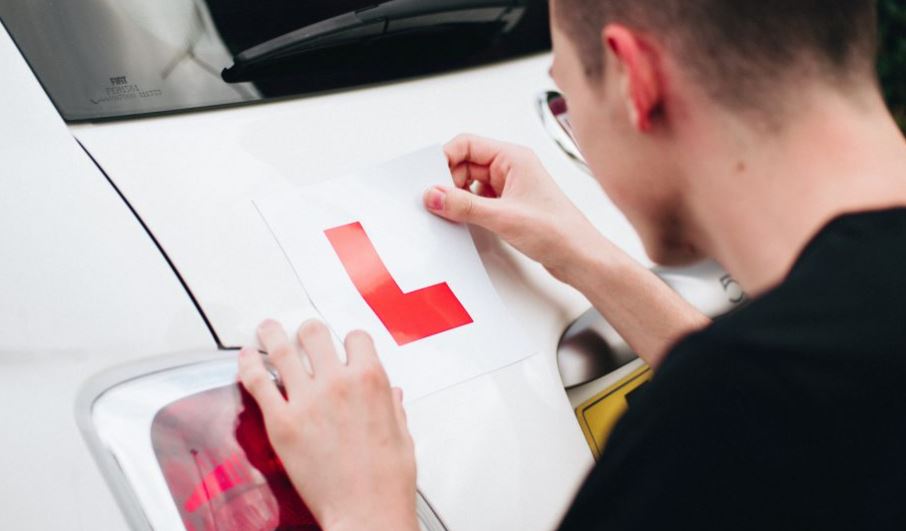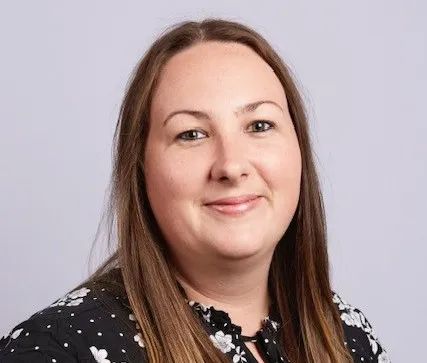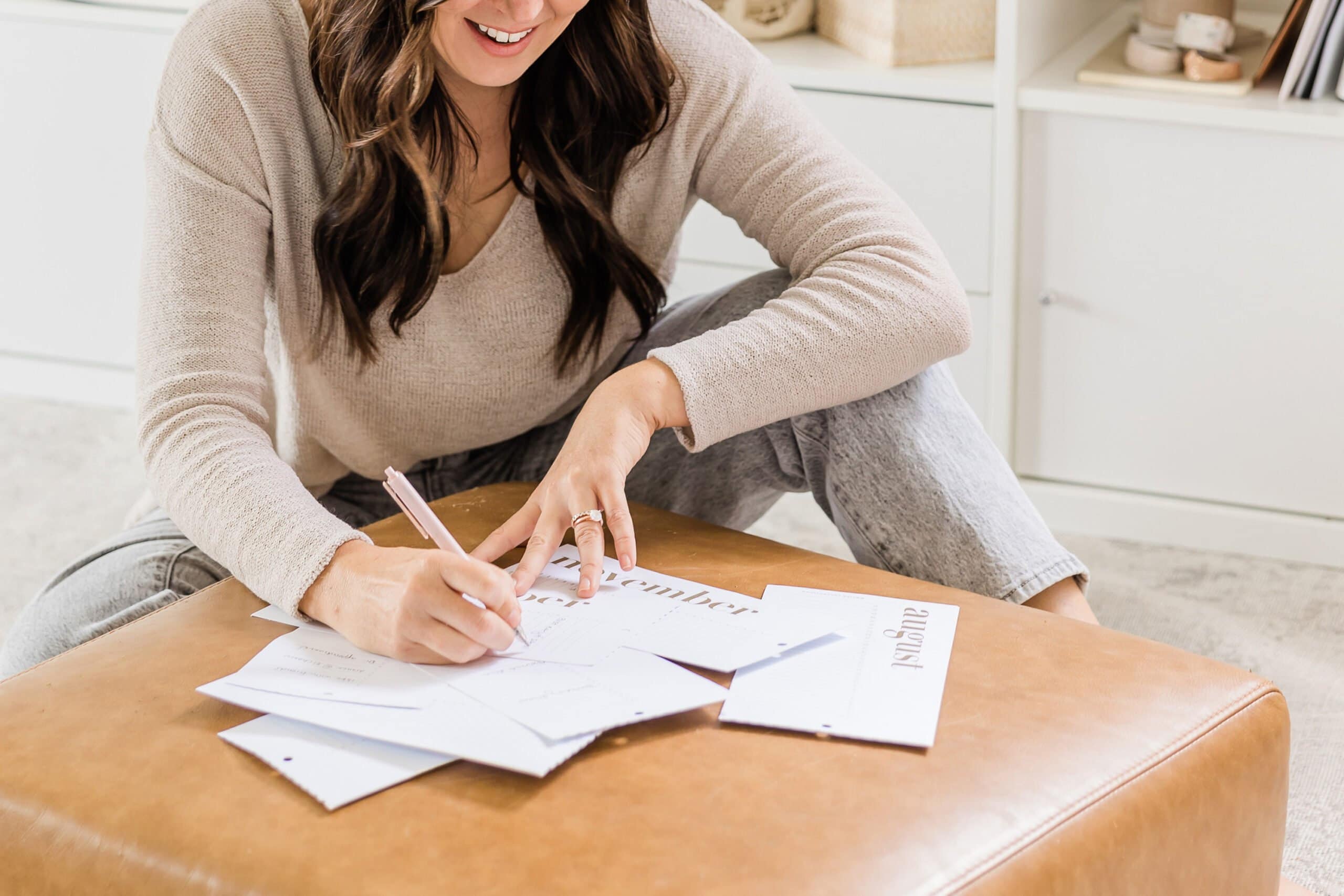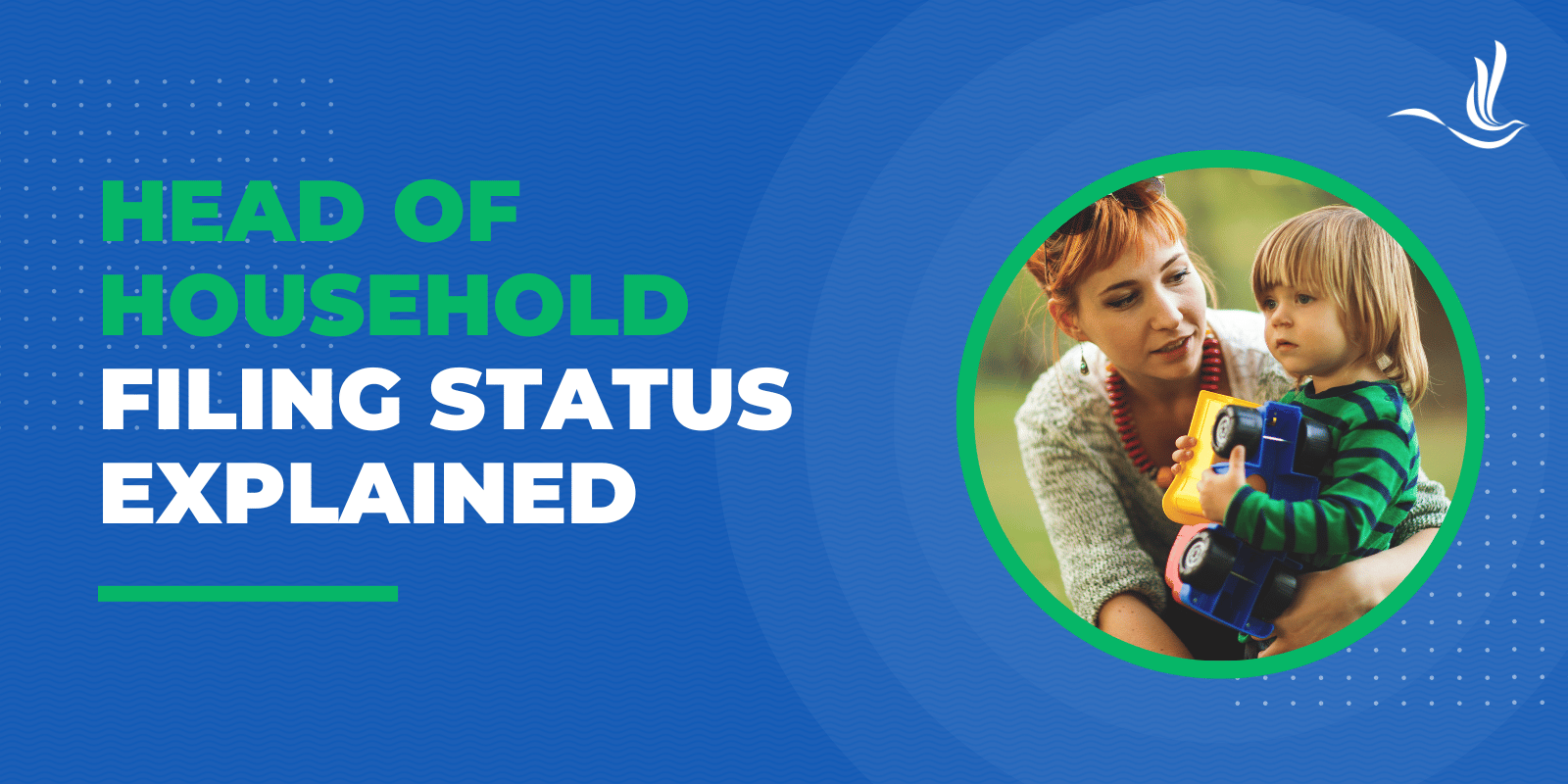Having a disability does not mean you are unable to learn how to drive. With modern technology, learning to drive has become accessible to those who need modifications to help pass their test.
Here, we will walk you through the steps you need to take in order to gain your provisional licence, start your driving lessons and everything you need to know about driving with disability.
Can I learn to drive with a disability?
A great place to start is by having a browse of the list of disabilities that you must inform the Driver and Vehicle Standards Agency (DVSA) about. If your particular disability does appear on the list, it’s worth having a chat with your doctor to see if they think your condition will affect your driving.
How to get a provisional driving licence
Getting a provisional licence is the first step to booking your driving lessons, without one, you will not be able to learn how to drive. The good news is that some disabilities will qualify you for getting your little green card earlier than most.
If you receive either the higher rate mobility component of Disability Living Allowance (DLA) or the enhanced rate mobility component of Personal Independence Payment (PIP), you can get a licence from the age of 16. Which is a year before anyone else.
Providing you meet the criteria, the earliest you can apply is three months before your 16th birthday. When applying for your provisional with the Driver and Vehicle Licensing Agency (DVLA), you will need to inform them of any disabilities or conditions that you may have. Failing to tell them means your licence can be revoked at any point in the future when found out and could also land you a £1,000 fine.
You will need to fill in a form called the D1. You can retrieve this at any Post Office or download it from the government’s website.
Once you have sent this off, the DVLA will often send back to you a ‘medical-in-confidence’ form, which will ask for further information about your disability. It is also likely they will ask for your permission to contact your doctor. They will then review your application and issue your provisional license.
It’s also worth noting that if your condition worsens at any point, you will need to contact the DVLA too.
How to find a driving instructor as a disabled learner
Finding a driving instructor as a disabled learner driver can be tricky, especially if there are no specialist instructors in your area with the right vehicle adaptations needed for you.
Luckily, there are a number of websites out there to help you find a local instructor, including Disability Driving Instructors and Driving Mobility, with the latter being able to direct you to driving assessors who will be able to assess your needs and recommend solutions for you. This involves them assessing your needs first, and then teaching you to drive, sometimes in specially adapted vehicles. They can also help you with the theory and hazard perception tests.
A full Driving Mobility assessment may be useful if you have any disability or medical condition. They will give impartial advice on how to learn to drive and advise what sort of vehicle you should be learning in. The assessment checks if you meet the medical standards for driving, including eyesight, and would fully explore your potential for getting to test standard for both the theory and practical test. They will also explain whether there is a possibility to get financial help with the cost of your tuition and the cost of adaptations.
Finding an instructor who is able to accommodate your disability and make you feel comfortable is imperative.
The average student takes around 40 hours’ worth of lessons before passing their driving test, so it’s crucial to find someone you can feel relaxed around and have a good rapport with.
How to take a theory test with a disability
You may opt to take your theory test before you start your driving lessons or afterwards once you have some experience on the road, it is entirely up to you.
If you have a disability that prohibits you from taking the test normally, such as being deaf, you can get a DVD about how to learn the Highway Code through sign language.
What car should I learn to drive in as a disabled driver?
Thanks to modern technology, learning to drive with a disability has never been more accessible.
There are a few ways to make life easier when learning. The first thing to consider is whether you wish to learn in an automatic or a manual. If you opt for the former, you will not be able to drive any manual vehicle once you pass your test, however, you will, on average, be able to learn quicker.
In cases where a physical disability stops you from the full use of the controls in a car, modifications can be made to help you. Some of the most common include:
- Hand controls to work the foot pedals
- A joystick or ball to manoeuvre the steering wheel
- Customised foot pedals
- Electronic accelerators
- Car boot hoist (for wheelchair users)
- Transfer plates (for wheelchair users)
Passing your driving test as a disabled driver
Your driving test will still be the same as a non-disabled learner, but the examiner can make slight changes for your situation.
Depending on your disability, you may be given extra time for instructions during your test. Similarly, if you are hard of hearing, the examiner will use written notes at the start of the test to explain what will happen. If you lip read, they’ll also look at you so you can lip read what they’re saying. The examiner will usually give directions to you as hand signals. These will be explained to you before your test starts.
Disabled driver insurance from Adrian Flux
With more than 50 years’ experience in providing specialist car insurance and offering insurance schemes covering disabled drivers, we’ll help you find the right disabled driver insurance policy to suit your needs.
Call 0800 369 8590for a swift, no-hassle quote or book a callback at a time that suits you.
Publisher: Source link










